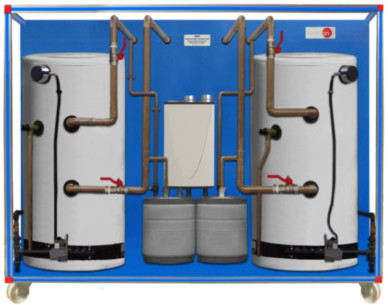La thermodynamique et la thermotechnique sont des domaines fondamentaux de l’ingénierie qui jouent un rôle crucial dans de nombreuses industries, de la production d’énergie à la climatisation. Comprendre leurs concepts de base est non seulement essentiel pour les ingénieurs, mais fournit...
Chez EDIBON, nous sommes engagés à renforcer les compétences comme pilier stratégique pour la compétitivité et le bien-être social de l'Union européenne. Une formation adéquate renforce non seulement l'économie, mais permet également aux individus de participer pleinement à la société et à la...
Nous sommes ravis de célébrer la publication de l'article du Prof. Dr. Nina Penkova intitulé 'Performance des réfrigérateurs à absorption par diffusion avec une puissance d'entrée variable'. L'étude explore comment les réfrigérateurs à absorption, qui utilisent l'énergie résiduelle ou solaire...
 Préférences sur les cookies
Préférences sur les cookies




















